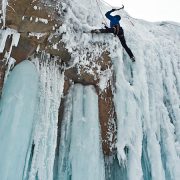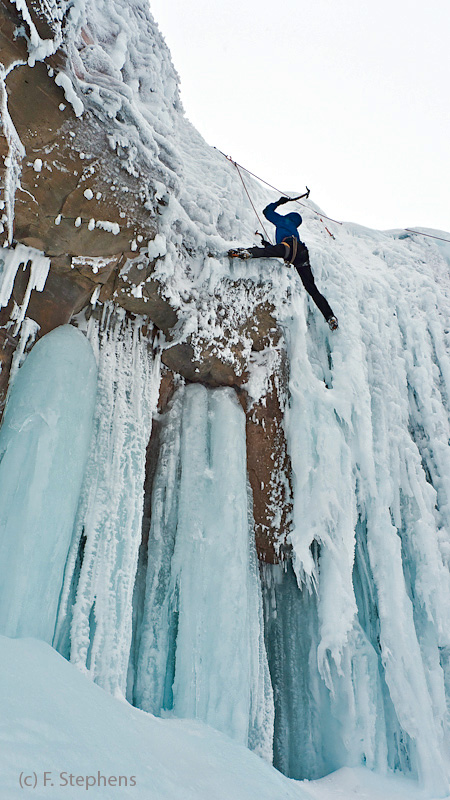Resources for Climbers
The American Alpine Club provides new electronic
resources for climbers
(GOLDEN, COLO.) – The American
Alpine Club (AAC) today (Aug. 11,2003) announced the launch of a
powerful new web resource that provides outdoors
people with access to the catalog of one of the
world’s largest outdoor libraries.
The new on-line accessible database allows access to
18,200 books, journals, guides, and instructional
videos. It offers several search options including
browsing through the entire collection, or by specific
authors, titles, and subjects.
For example, entering in
the word “Yosemite” brings up 143 listings, with
hyperlinks to more detailed descriptions about
available books, videos, and journals. With the AAC’s
long-distance lending privileges, AAC members may use
the online search option to find items that they can
then have sent directly to their door.
The American Alpine Club
Henry S. Hall, Jr. Library has one of the most
extensive collections of mountaineering books, guides,
videos, and journals in the world. Currently there are
18,200 items, including rare books, one-of-a-kind
maps, and frequent new additions. The AAC Library is also
available for mountaineering or climbing research
questions. The Library’s strengths include Mount
Everest and the Himalayas, a diversity of guidebooks,
the Alps, and mountaineering history.
“The new searchable
database allows anyone to search the catalog of the
AAC library and discover sources of knowledge to help
them plan their next climb, trip, or expedition,” said
AAC Executive Director Charley Shimanski. “It makes it
easier for you to find titles in our library in Golden
than to find them on your own bookshelf.”
This new resource is
part of a redesigned website. The new site is easier
to navigate than the previous one and is full of
useful information on AAC grants, benefits, huts,
policy, publications, and rescue insurance.
Advantrics LLC
generously donated their time and resources to develop
the AAC’s new website. Advantrics is leading
the development of multimedia-based products and
designs for enhancing the presentation of information
on the Internet. Since 1998, Advantrics has acquired
and developed products and services to help its
customers find the right Internet solution.
About The American Alpine Club
The American Alpine Club
is a national 501(c)(3) non-profit organization that
has represented climbers for an entire century.
Founded in 1902, The American Alpine Club is dedicated
to promoting climbing knowledge, conserving mountain
environments, and serving the American climbing
community. The AAC currently has 7,200 members
throughout the U.S. and across the globe.
Contact: Jessica Meinerz
(303) 384 – 0110 ext. 18
jmeinerz@americanalpineclub.org

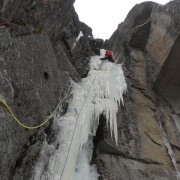
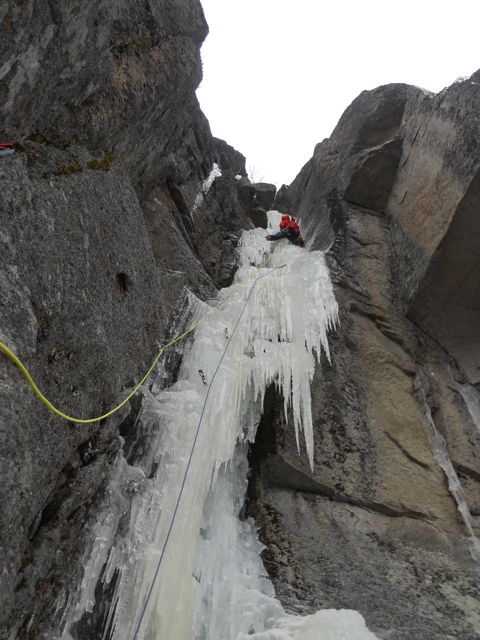
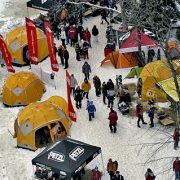

 I drink a Red Bull and eat the last of a cookie & Balance bar. It’s 4pm and time to go, the Franconia Ridge to Little Haystack was all ice and hard snow, very nice. The hike down the Falling Waters Trail was packed, hard snow so I keep the ‘poons on almost the whole way down. I got back to the car just shy of 12hrs. (10hrs of total hiking/climbing) after starting in Pinkham… A phone call home and the next stop is the nearest beer store.
I drink a Red Bull and eat the last of a cookie & Balance bar. It’s 4pm and time to go, the Franconia Ridge to Little Haystack was all ice and hard snow, very nice. The hike down the Falling Waters Trail was packed, hard snow so I keep the ‘poons on almost the whole way down. I got back to the car just shy of 12hrs. (10hrs of total hiking/climbing) after starting in Pinkham… A phone call home and the next stop is the nearest beer store. There are many link-ups one can do around here. Adding Adams Slide on Cannon to what I did would be very doable. For this linky I thought of the car as a base camp and I could keep my pack light, once above tree line I had on all I brought for cloths, a little food and 1 pint of Gatorade per section, except on the Throat, I had only about 8oz. left and the Bull.
There are many link-ups one can do around here. Adding Adams Slide on Cannon to what I did would be very doable. For this linky I thought of the car as a base camp and I could keep my pack light, once above tree line I had on all I brought for cloths, a little food and 1 pint of Gatorade per section, except on the Throat, I had only about 8oz. left and the Bull.